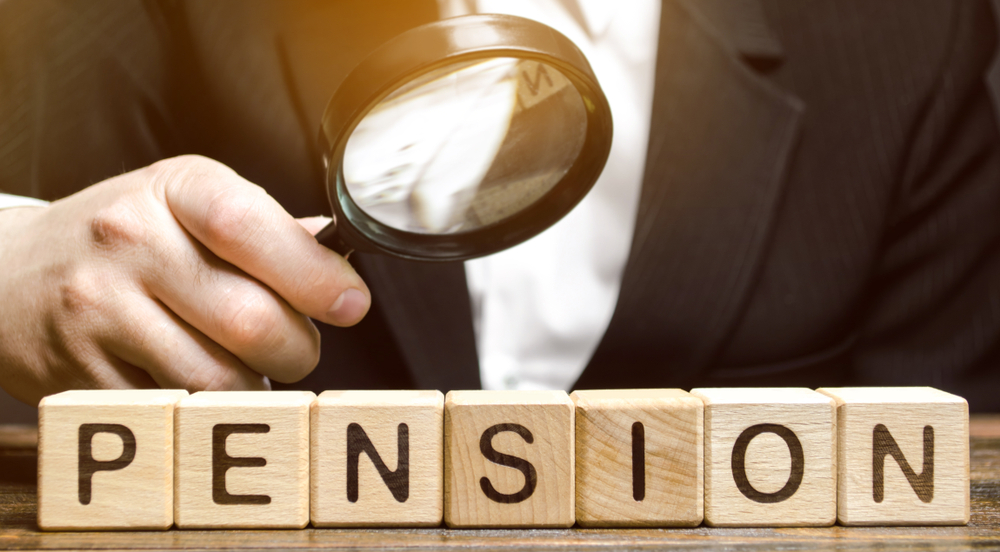News
Mini Budget 2022: Pensions tax relief cut for lower and higher earners

The government announced it would cut the basic rate of income tax and abolish the additional rate for the highest earners. While this is good news for millions, it could have significant effects on pensions.
As part of Kwasi Kwarteng’s mini Budget this morning, he announced the basic rate of income tax would be cut from 20p in the pound to 19p in April 2023 – a year earlier than expected.
The Chancellor also announced that the top rate of income tax for those earning £150,000 or more, will be cut from 45% to 40%, again in April 2023.
While a positive move on the surface, there are some underlying negative aspects to this, particularly surrounding pension contributions and tax relief.
‘Sting in the tail’
Steven Cameron, pensions director at Aegon explained that people receive a ‘tax relief’ top-up based on their ‘highest marginal’ rate of income tax.
Currently, the ‘net’ cost to an individual of investing £100 in their pension is £80. This is because someone paying the current 20% income tax results in their pension receiving a £20 top-up from the tax man.

Wellness and wellbeing holidays: Travel insurance is essential for your peace of mind
Out of the pandemic lockdowns, there’s a greater emphasis on wellbeing and wellness, with
Sponsored by Post Office
“In future, a 19% income tax rate means you’d need to pay in £81 (£1 more) from take-home pay to have £100 invested in your pension.
“So, if individuals continue to pay in £80, their pension will benefit from a slightly lower £98.75,” Cameron said.
However, he added: “Even with this slightly lower tax relief, pensions still remain a particularly tax efficient investment. And those in workplace pensions will continue to benefit from a generous employer contribution too.”
Pension fund shortfall
James Jones-Tinsley, self-invested pensions technical specialist at Barnett Waddingham, said individuals now need to increase their personal contributions “just to stand still”.
“It is an immediate gain in income with a long-term sting in the tail from a smaller pension.”
Calculations by the firm show that a 40-year-old basic rate taxpayer earning £37,500 a year and contributing 12% of their net pay to a DC pension is likely to find their fund will be £5,700 lower as a result of the reduction in tax relief (equivalent to a reduction in ‘income in retirement’ of £360 per year).
Meanwhile, for someone just entering the workforce and starting to save into their pension scheme – say someone aged 22 paying in 12% in a ‘net pay’ arrangement – the impact on their fund will be a hit of around £30,000, equivalent to £1,900 lost income each year in retirement.
The government confirmed there would be a “one-year transitional period” for ‘relief at source’ pension schemes “to permit them to continue to claim tax relief at 20%”.
Cameron added: “The alternative way of collecting tax relief is ‘net pay’. There, contributions are deducted from gross salaries before calculating income tax. The effect of this is that tax relief will reduce to 19% as soon as an individual’s income tax rate falls to 19%, which will be in April 2023.”
What about pension tax relief for the highest earners?
By abolishing the top rate of income tax for the 630,000 people earning £150,000 or more, again it will cut the subsequent pension tax relief.
Cameron explained: “These earners benefit from a ‘tax relief’ top-up at the individual’s highest marginal rate of income tax which means currently, high additional rate taxpayers can receive 45% tax relief.
“Put another way, a contribution of £550 out of take-home pay becomes £1,000 when invested in a pension.
“In future, the highest marginal rate will be 40% so the same £1,000 in a pension will cost £600 from take-home pay.”
He suggested that for those in a position to do so, they may want to make additional pension contributions before April 2023 “to make sure they benefit from the maximum tax relief”.
Steve Webb, partner at LCP, and former pensions minister, said: “There is likely to be a flurry of activity amongst Britain’s highest earners looking to make the most of the chance to get tax relief at 45% on their pension contributions.
“Whilst many high earners are affected by caps on annual and lifetime contributions, they are likely to be taking advice on how best to make the most of this very high rate of relief which ends at the end of this financial year. We could see thousands of top earners piling into pensions in the coming months.”